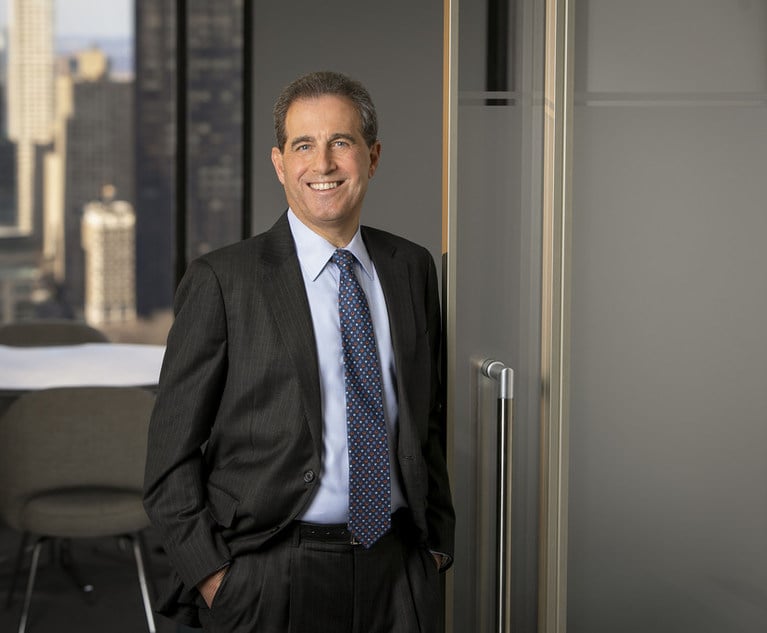Several significant environmental bills were enacted by the New York legislature and signed by Gov. Kathy Hochul in 2022, and several others were vetoed. As a result of measures enacted last year, New York will see $4.2 billion invested in environmental protection, restoration, climate resiliency and clean energy projects; potential disproportionate and inequitable impacts on disadvantaged communities will become a key factor in determining whether environmental permits are issued; and apparel containing intentionally added per- and polyfluoroalkyl substances (PFAS) will no longer be sold in the state. In addition, important changes were made to New York’s brownfield and wetlands laws. These and many other new and amended laws are discussed in this article.
Environmental Bond Act and Other Environmental Funding
In November, New York state voters approved the Clean Water, Clean Air, and Green Jobs Environmental Bond Act of 2022 (Bond Act), with 59% of voters supporting the ballot proposal. Earlier in 2022, the budget legislation increased the amount of bonds authorized under the Bond Act from $3 billion to $4.2 billion. The funds are to be used for environmental restoration and flood risk reduction, open space land conservation and recreation, climate change mitigation, and water quality improvement and resilient infrastructure (Chapter 58, Parts NN and OO). The budget also included $400 million for the Environmental Protection Fund, which provides funding for capital projects that protect the environment, and increased annual funding of the Environmental Protection Fund from the real estate transfer tax law to $257.35 million from $119.1 million (Chapter 58 of the Laws of 2022, Part PP). Environmental advocates also applauded the budget legislation for not sending funds from the sale of carbon dioxide allowances under the Regional Greenhouse Gas Initiative to the State general fund.


 Credit: smolaw11/AdobeStock
Credit: smolaw11/AdobeStock




